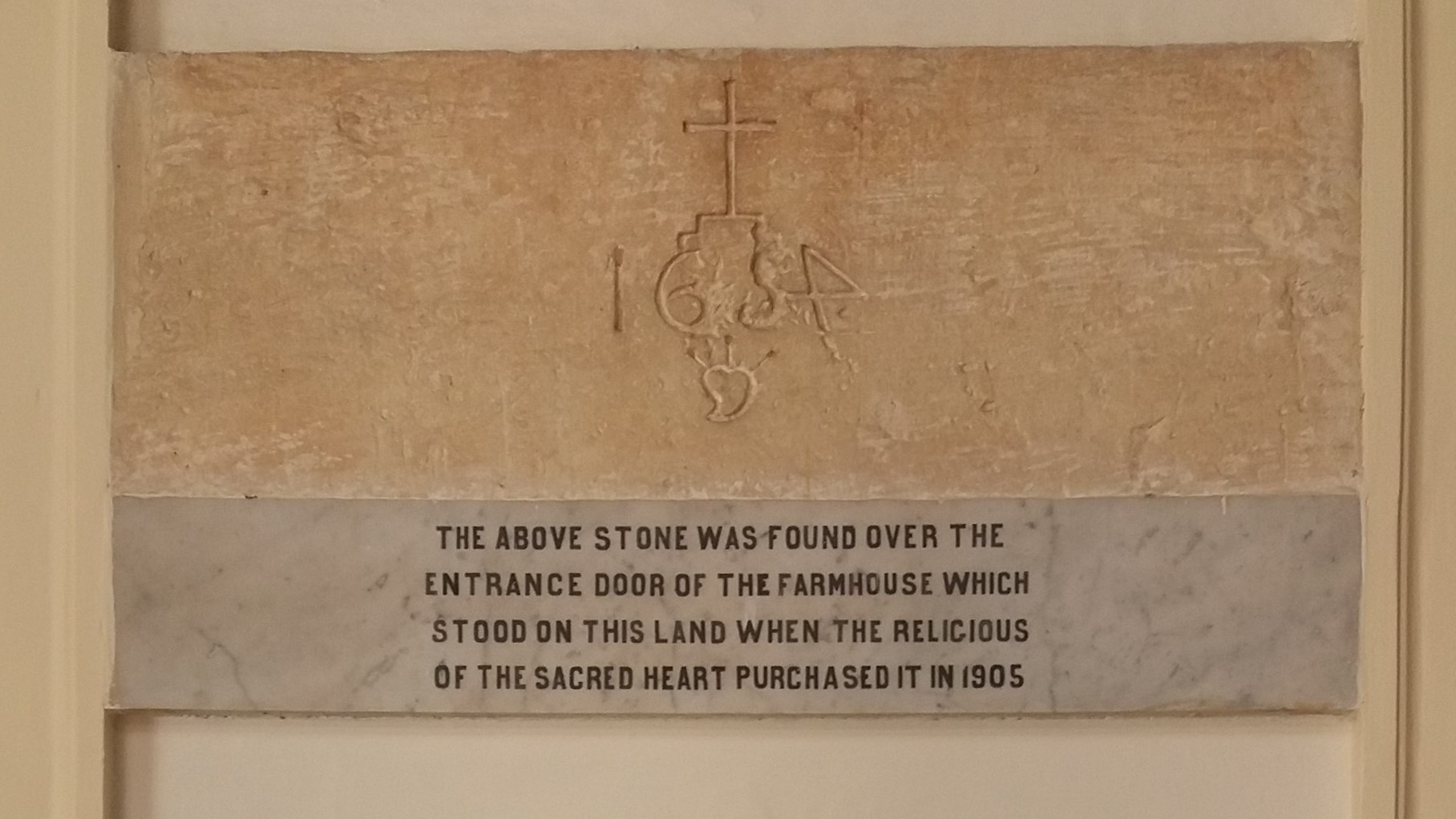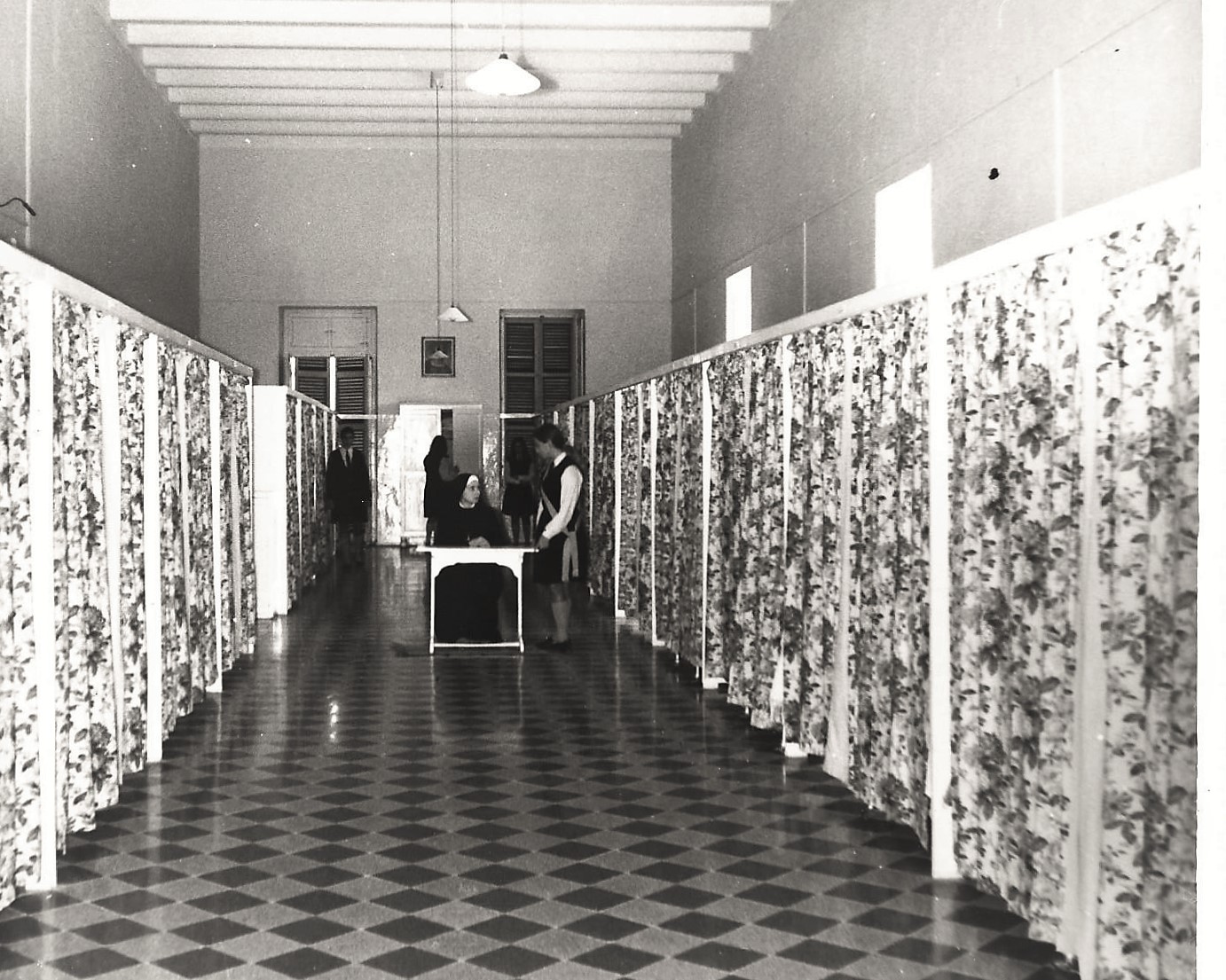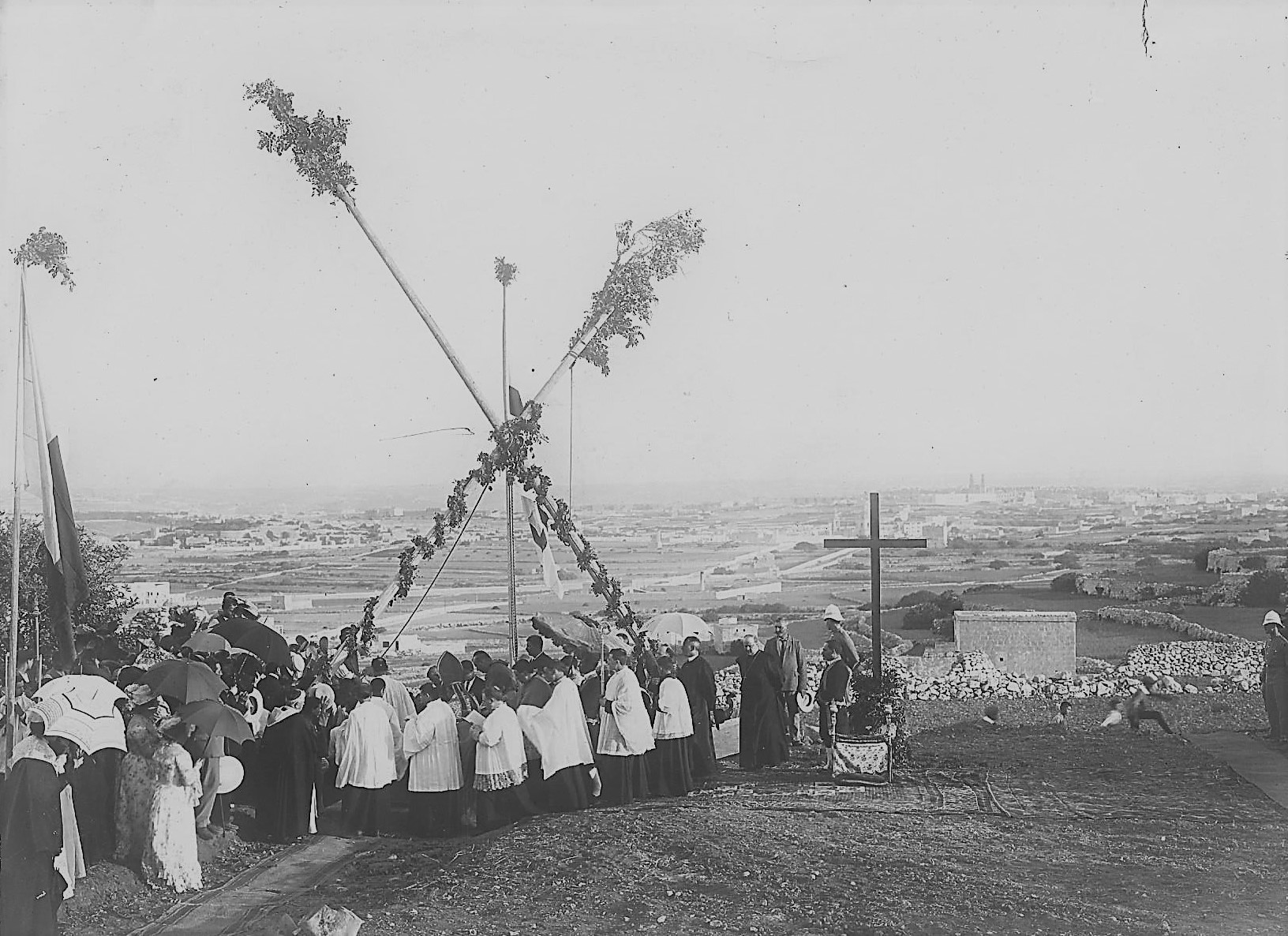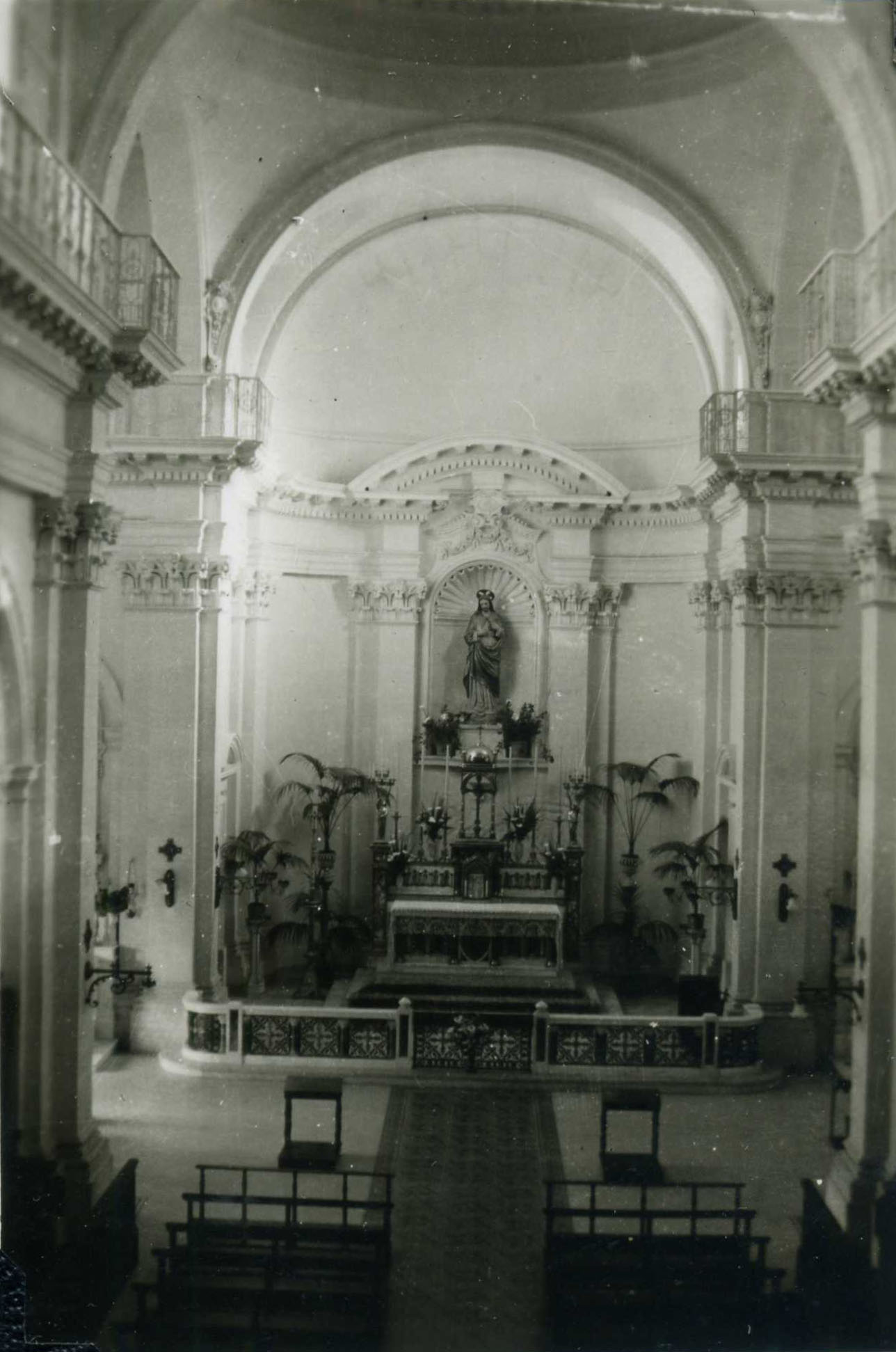The Society of the Sacred Heart
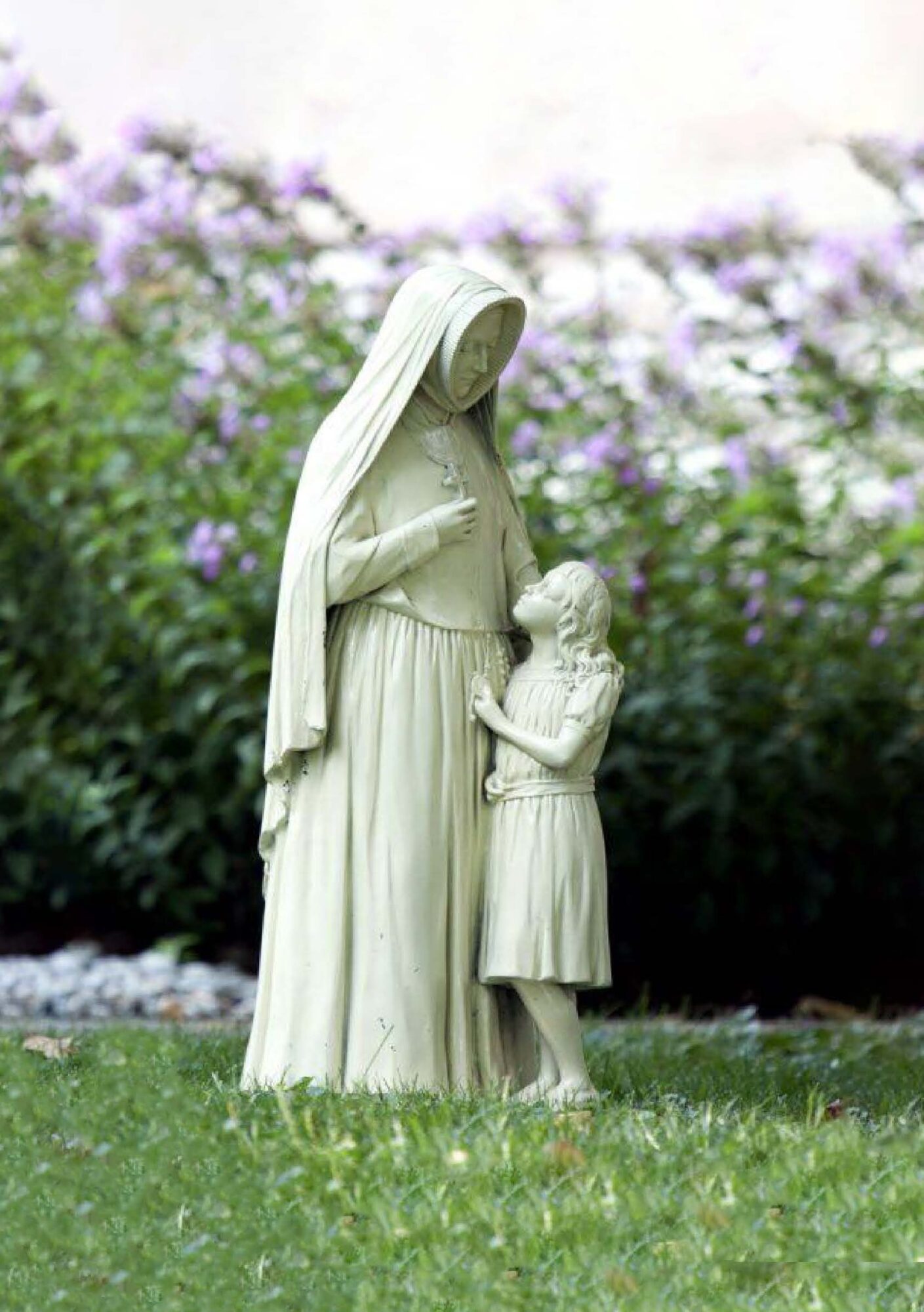
The Society of the Sacred Heart was founded in Malta in August 1903. By this time, it was already well-established in Europe, North America, Australia, and New Zealand. A number of families in Malta had begun educating their children within Sacred Heart Schools in European countries such as at Trinita’ dei Monti, Rome, at Roehampton, London and at the Rue de Varenne, Paris. Therefore, it was only a matter of time before parents began to request a Sacred Heart school for their children’s education in Malta.
At the beginning of the 20th century, the convents in France and its dependencies were confiscated by the government, resulting in forty-seven houses of the Sacred Heart closing in the span of four years. New houses were required for 2,500 religious and the Superior General, Reverend Mother Digby, resolved to open a new house for each one that was closed. In fact, a house was opened in Malta, with the first convent rented at Villa Portelli in Rue D’Argens, Sliema. The first seven religious nuns set foot in Malta in the early hours of the 13th of August 1903 and were of six different nationalities, with no common language between them: English, Irish, Swiss, French, Prussian, and Italians. After a while, Villa Portelli turned out to be too small to operate as both a convent and school but was used to its maximum capacity in creative ways.
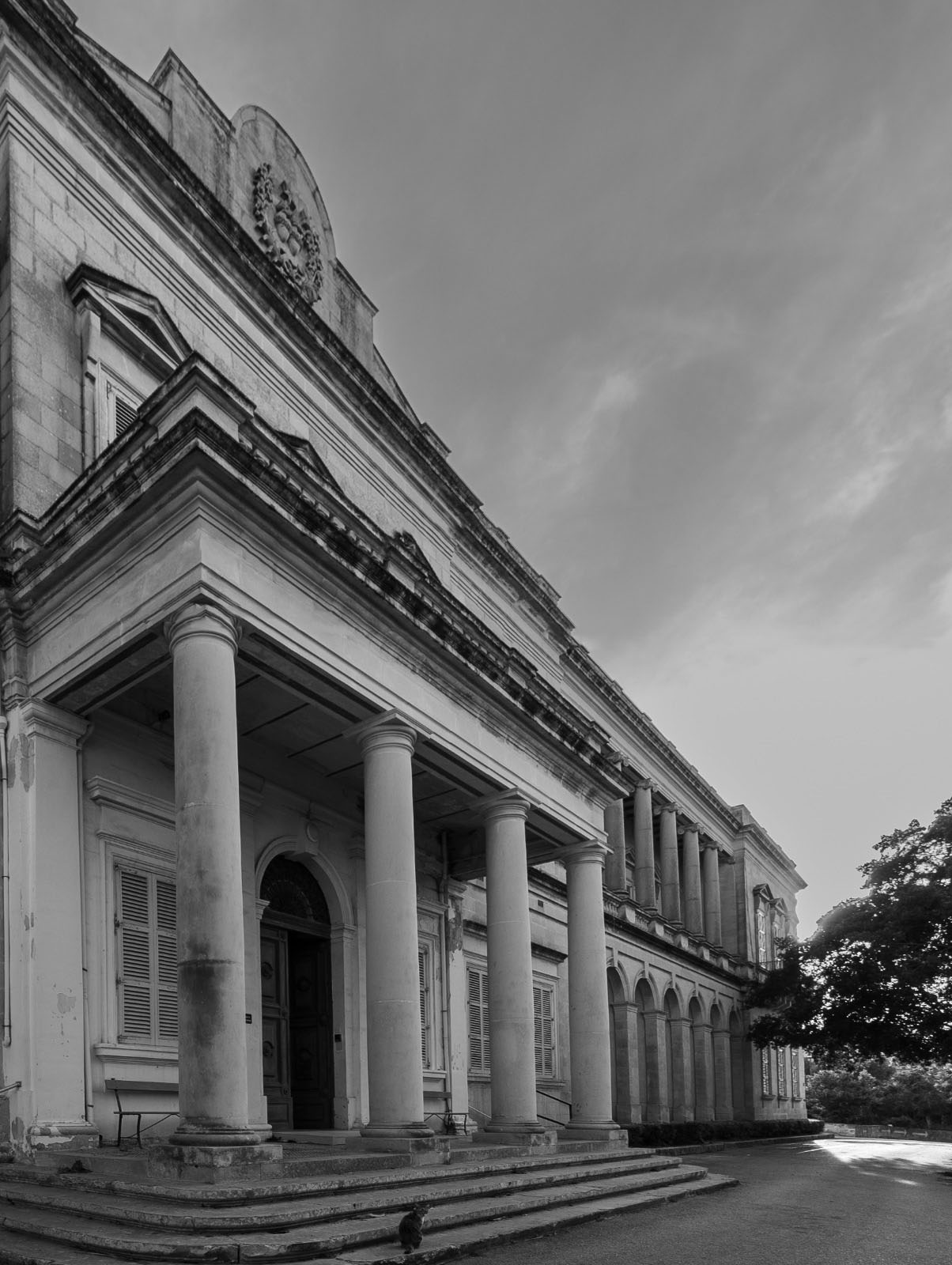
The Boarding School
History
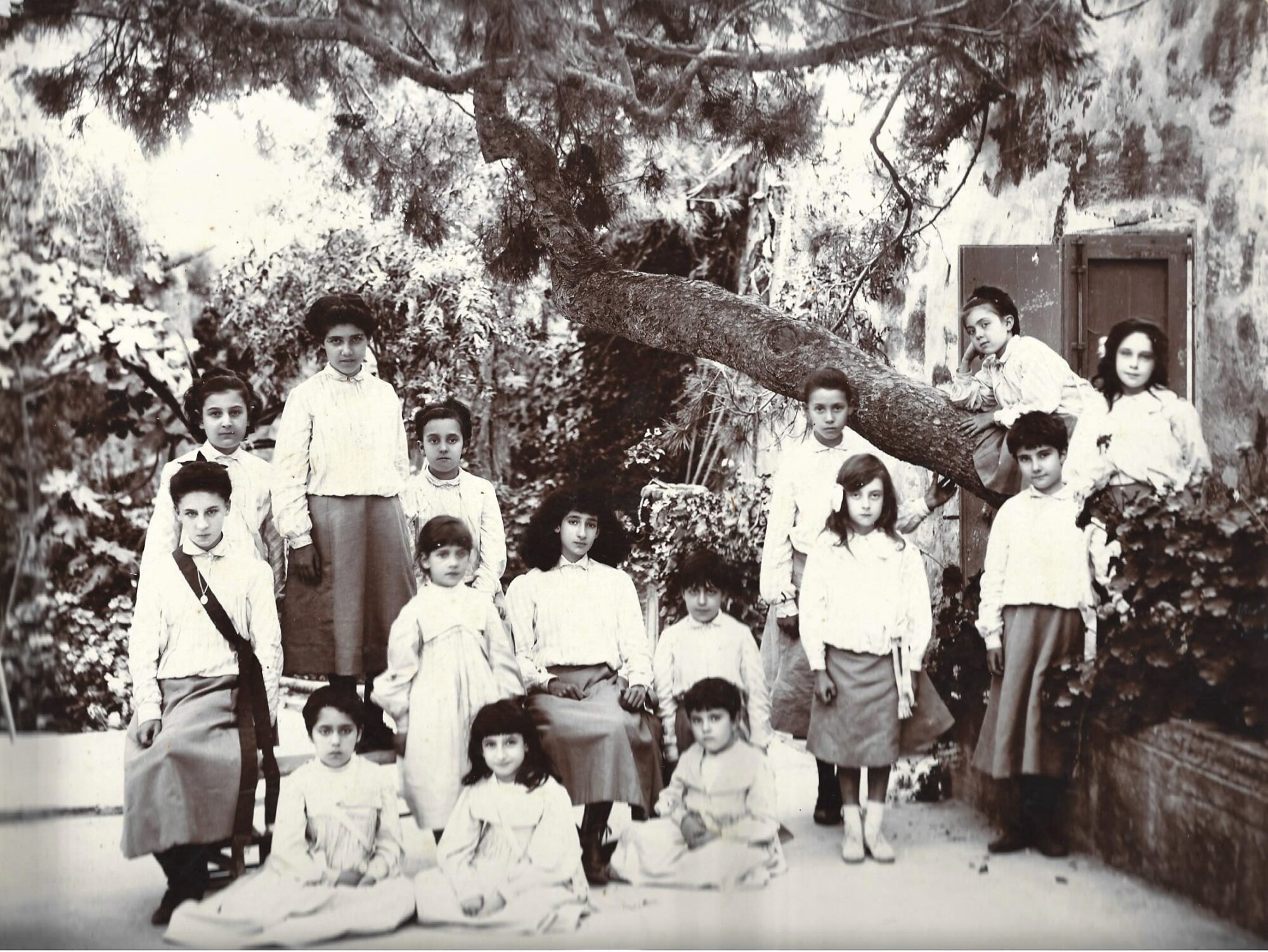
On the 1st of October 1903, seven girls under the age of fourteen became the first pupils to attend the boarding school with the number gradually increasing to eighteen during the following days. Despite the lack of furniture in the house, the Reverend Mother was determined to accommodate the students arriving on the first day and in fact, this confidence was rewarded, and tables were donated for the study-room that day.
“A file of seven girls, four of them with close-cut hair, just like boys, walked gallantly from one room to another of Villa Portelli – no corridors, no playground, no classrooms as such, one staircase common to all.”
Mrs. Mary Caruana Galizia, née Asphar, then aged seven
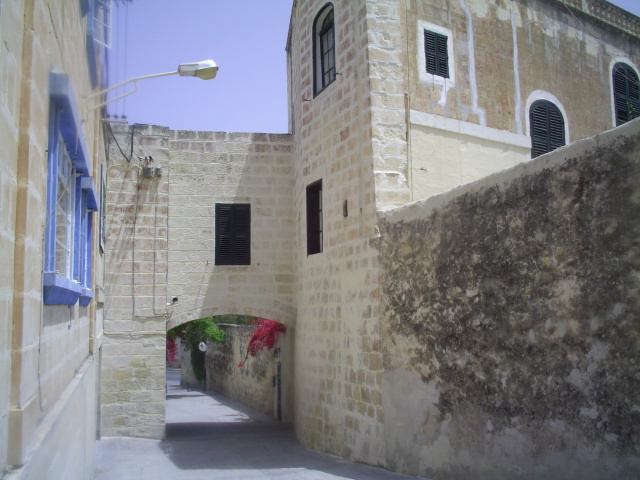
Until gas lighting was installed, the school used kerosene lamps which were moved from room to room. The students had doctrine class daily, studied English, History, Geography, Languages (Italian and French), Arithmetic, participated in cooking and dressmaking classes, the occasional Science lecture, as well as First Aid. The children also learnt how to mend their clothes while listening to stories being read to them, sat for exams, and competed for prizes. They even participated in literary meetings, debates, and essay competitions, played croquet, baseball, and tennis, and attended singing and drama lessons.
In April 1905, the convent for a short time obtained possession of a house adjoining Villa Portelli. It had four good-sized airy rooms on the second floor, which were turned into dormitories. On the 3rd, work began to build a small stone bridge, connecting the house to Villa Portelli. The Bridge, which is still extant, was finished on the 16th of April 1905.
Current Premises
The large property at St. Julian’s, Tal-Ballut Landar, not far from Villa Portelli, was bought from the government on 20th April 1904. The foundation stone was laid on 27 June 1904 and the building took three years to build. It was constructed round a square quadrangle surrounded by dignified cloisters (according to the plan of ancient monasteries). The furniture arrived from one of the houses previously closed by the government in Marseilles, France and were also imported from Roehampton, London. Fixtures such as the high altar for the chapel, and the furnishings for the sacristy were kept stored until the chapel was completed. A few members of the community moved to the new building in the summer of 1907 and each room received a blessing. There were still no doors, no glass in the windows, no ovens in the kitchen, no lighting and the tiling of the floors was still not complete. During the first night in fact, a storm with torrents of rain flooded the house and a gale-force wind destroyed several metres of the boundary wall.
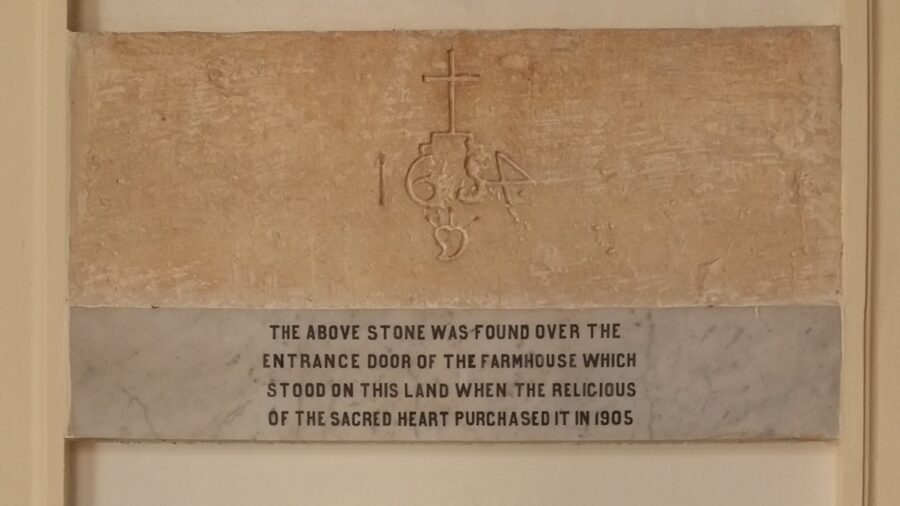
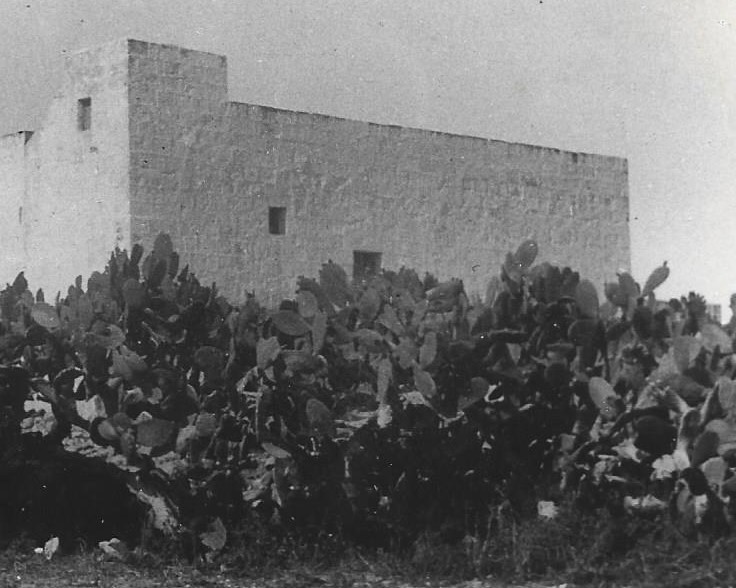
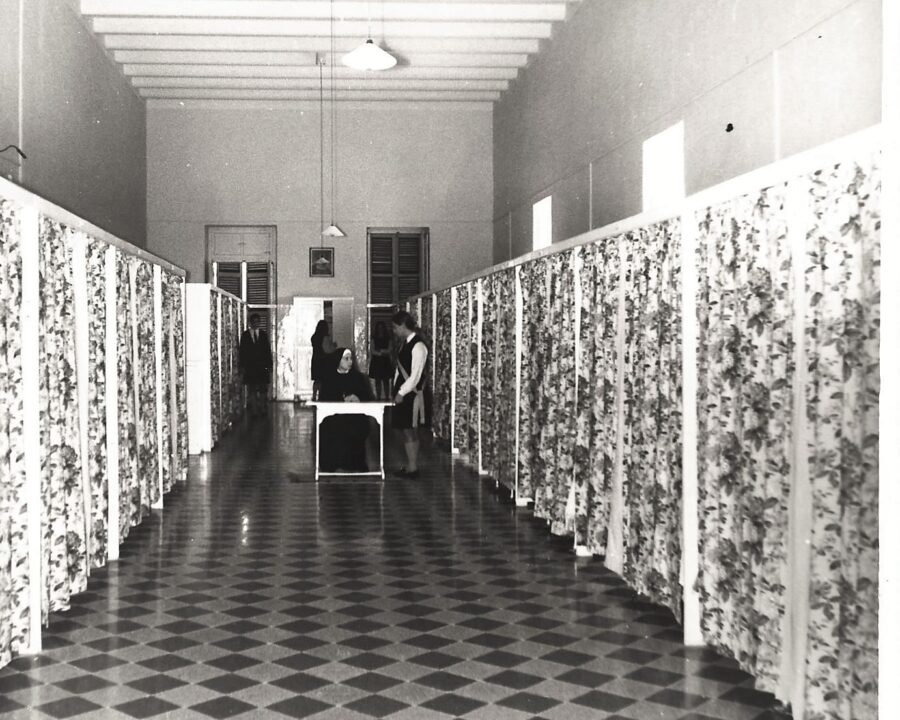
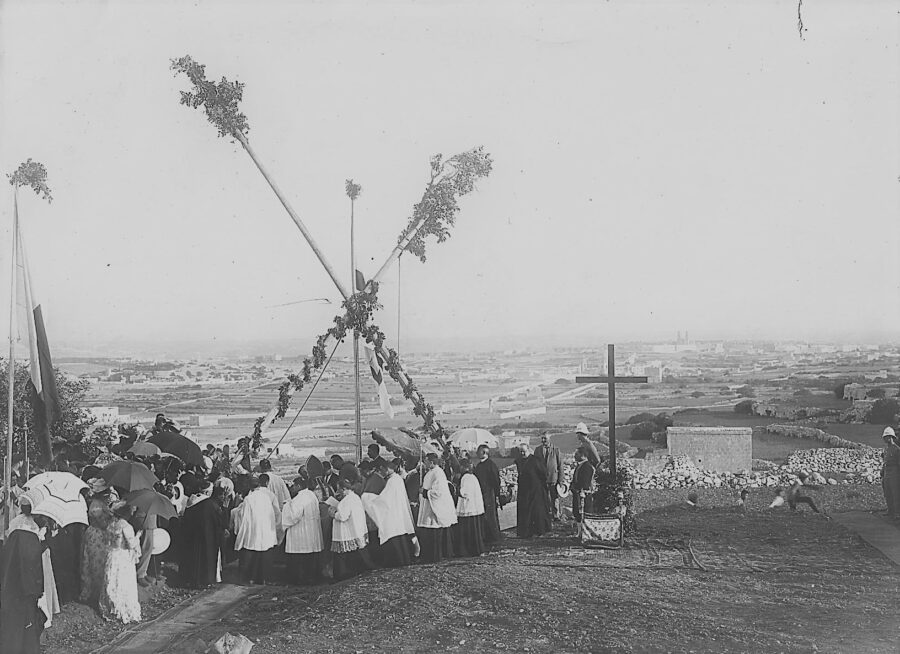
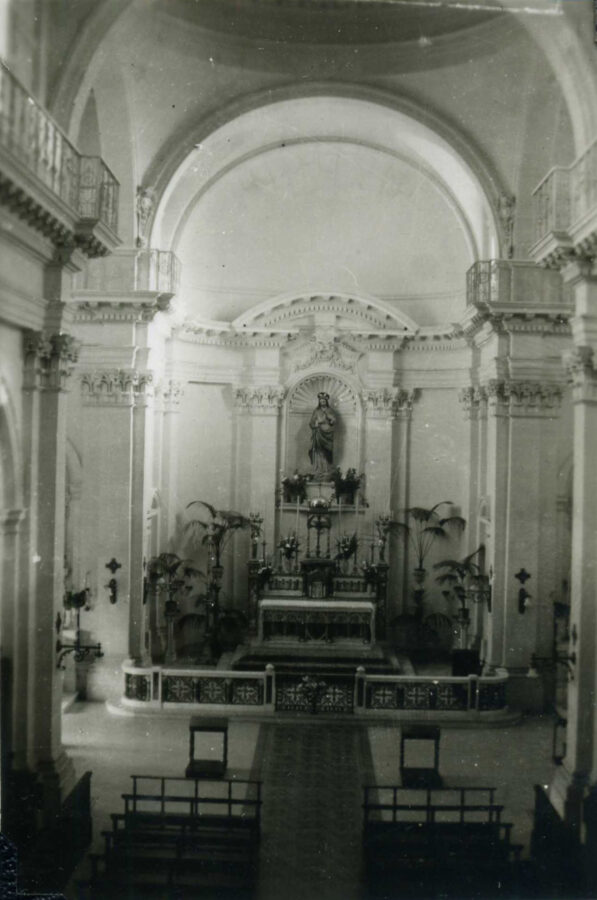
On September 29th, the rest of the community joined the household in preparation for the opening of the school on 1st October 1907. On that day, there were 30 boarders, 22 day-boarders and 104 children in the Rosary School which now share the same building. In 1909, there were 35 boarders and 16 day-boarders.
First boys at the Convent School
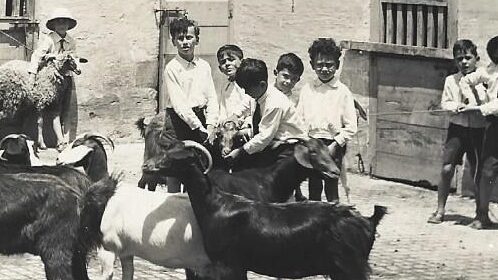
A department for “little boys” was started in 1910. For many years, a room separate from the main Junior Department was used until the basement room in the courtyard underneath the Chapel (still known as “The Boys’ Room”, which is now used as a Health and Social Care classroom) was made available. Gradually the boys became part of the Junior School in classes with the girls.
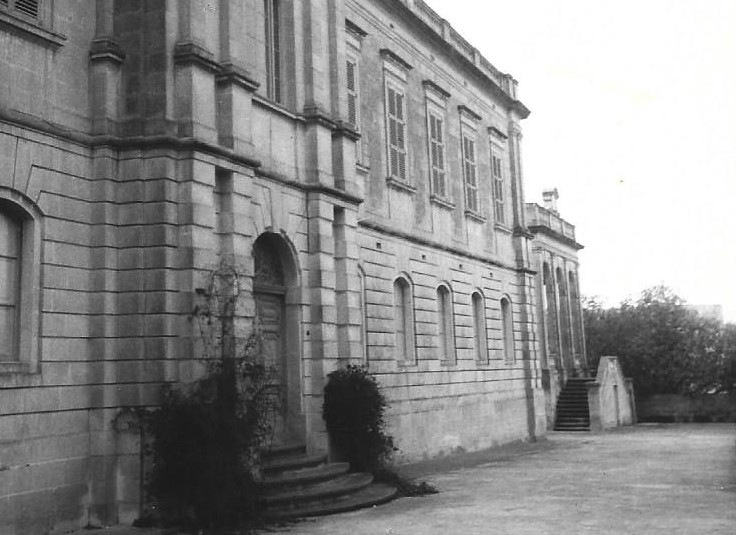
The Rosary School
History
From its very beginnings in 1800, the Society of the Sacred Heart always opened two schools side by side: the boarding, fee-paying school, and the free day-school for the children in the area. This was part of St. Madeleine Sophie’s vision who believed in the value of educating all girls. During this time, few schools were available for girls, and practically none for the poor. In other countries, the boarding school had few pupils, while those attending the schools for the poor were numerous. Malta was no exception. A year passed before it was possible to open the school for the poor. A small house became available close to Villa Portelli, and the necessary adaptations were made.
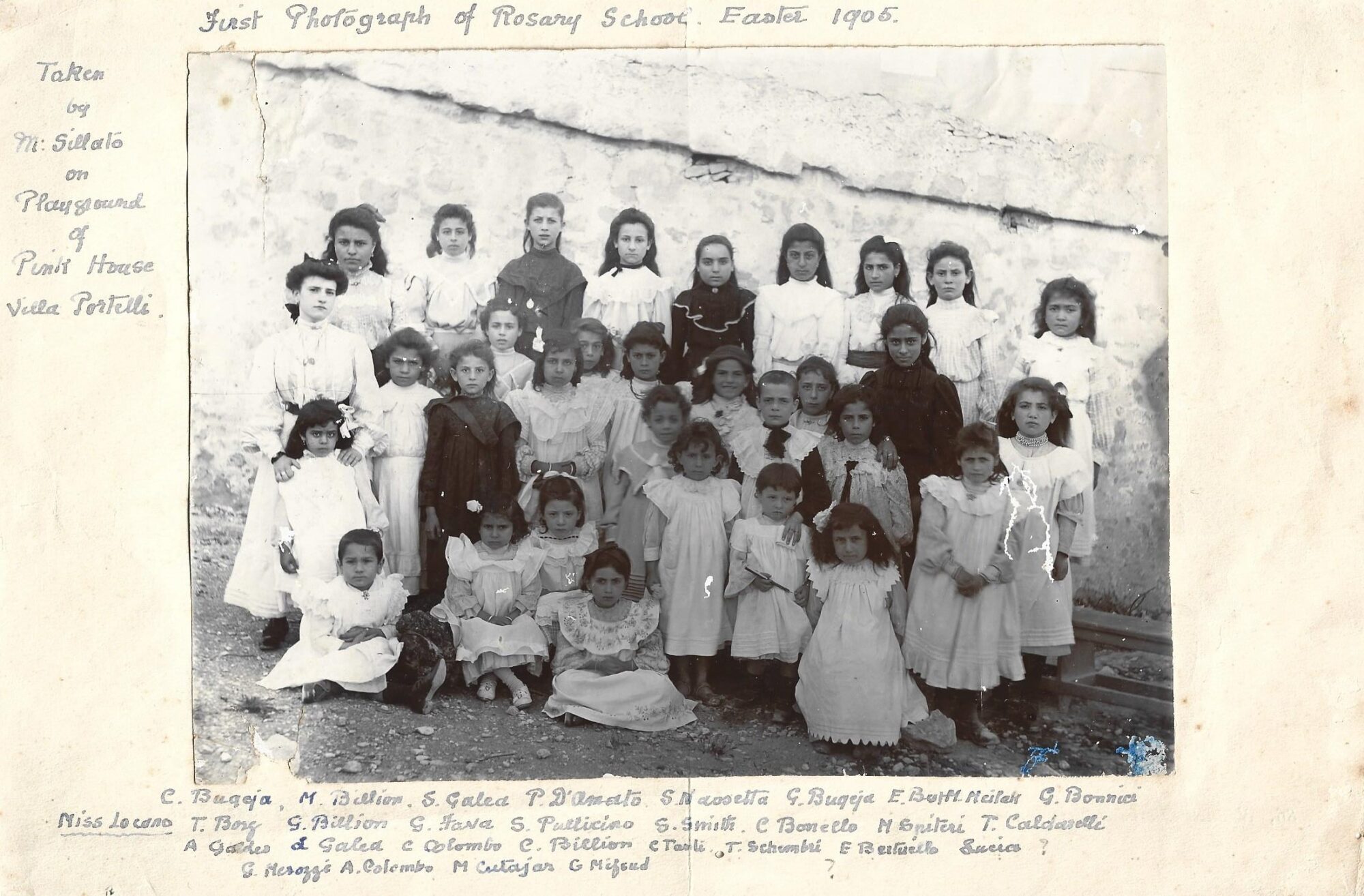
The school was opened on 3rd October 1904 and named “Rosary School”. On the first day, there were 23 children in the morning, and another 10 in the afternoon.
There were 3 classes:
- An Infants class for all under seven, with a Maltese pupil teacher;
- The 1st class for the 7, 8 and 9-year-olds with Mother Ross;
- The 2nd class for 10-year-olds with Mother Smith, who was responsible for the whole school. Still today, some senior citizens living in St. Julian’s remember Mother Smith with great fondness and respect.
By the 4th of October, there were 46 children, and by the 7th of October, the number increased to 54. Student numbers continued to rise, and on 21st October 1904 there were 70 on the register, though average attendance was 65. On November 11th, the Superior notified the Education authorities of the existence of the school and received their approval. In October 1905, a fourth class was added, and the average attendance went up to 94. In March 1906, a class was made available on Saturday mornings for those who wished to learn cutting out, embroidery and the like, at 3 pence a lesson. Twelve joined the class, orders were received for the work being done, and a sewing machine was bought with the earnings.
On 1st October 1907, during the move to the new building, there were 104 children in the Rosary School. By 1908 the average attendance reached 117, and 165 in January 1912. In 1909 French was introduced as a taught subject, as well as Italian. In 1919 an evening class in Pitman’s shorthand was being delivered by Mr. Hugh Arrigo three times a week. The teachers, 12 of the older children, and past pupils of the Rosary School formed a class of 30. The fee was one shilling a month. The majority of the families were too poor to pay it. The exam results (January 1920) showed a huge success, meriting publication in the “Daily Malta Chronicle”.
On October 1st, 1917, there were 239 pupils in the Rosary School, and two days later the total rose to 263. A separate building had become necessary due to the growing number of students attending. Land was bought in March 1918, and work started in April, in spite of the difficulty in obtaining the necessary materials. The school could be built through the generous assistance of the Society’s Mother House. The transfer to the new building began in May 1920 and was done in stages. On October 11th the whole school assembled together for the first time with around 200 children present. This building houses the current Junior School at the College.
Current Premises
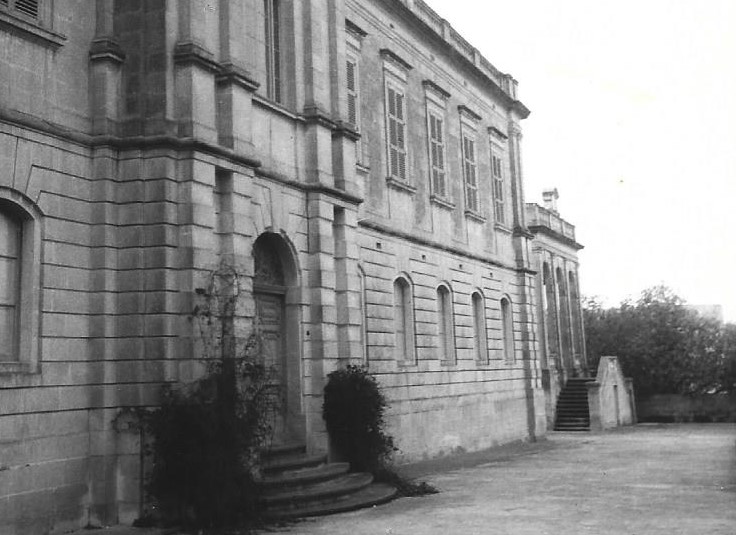
Between 1920, when the building was first used as a primary school, to the present day, the Rosary School building experienced a variety of uses, all for education. The Society had embarked on the training of female teachers, starting humbly in 1944 with a 10-week course in the rooms above the sacristy. This was the beginning of the Mater Admirabilis Training College (MATC) and eventually became a one-year day course, using part of the school building. By 1949 the training of teachers became a one-year residential course. In order to house the students, it was necessary to close down the Rosary School and transform the premises for the new purpose. With the transfer of the MATC to the new building at Tal-Virtù in 1954, the Rosary School building became vacant. In 1955 it re-opened as a state primary school, with the agreement that the Headteacher would always be a religious of the Sacred Heart.
With compulsory secondary education in 1970, another change from primary to secondary teaching was made. In 1978 the government of the time decided to transfer the Rosary School, a state school, to premises at St. Andrews vacated with the departure of the British forces from Malta. Once again, the building reverted to its original purpose, to be used as the Junior School of the Sacred Heart College, as it is now called. In its last transformation, it lost the name of Rosary School.

